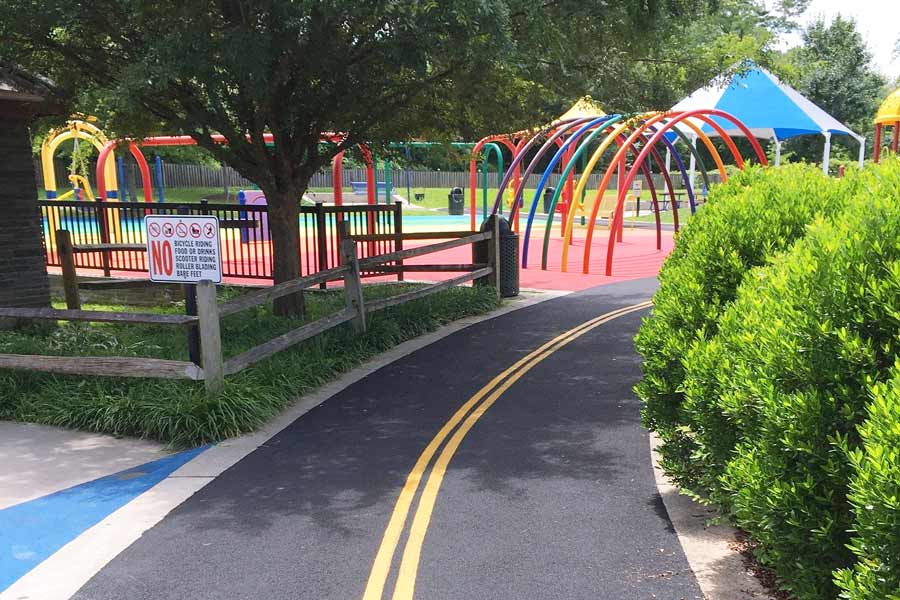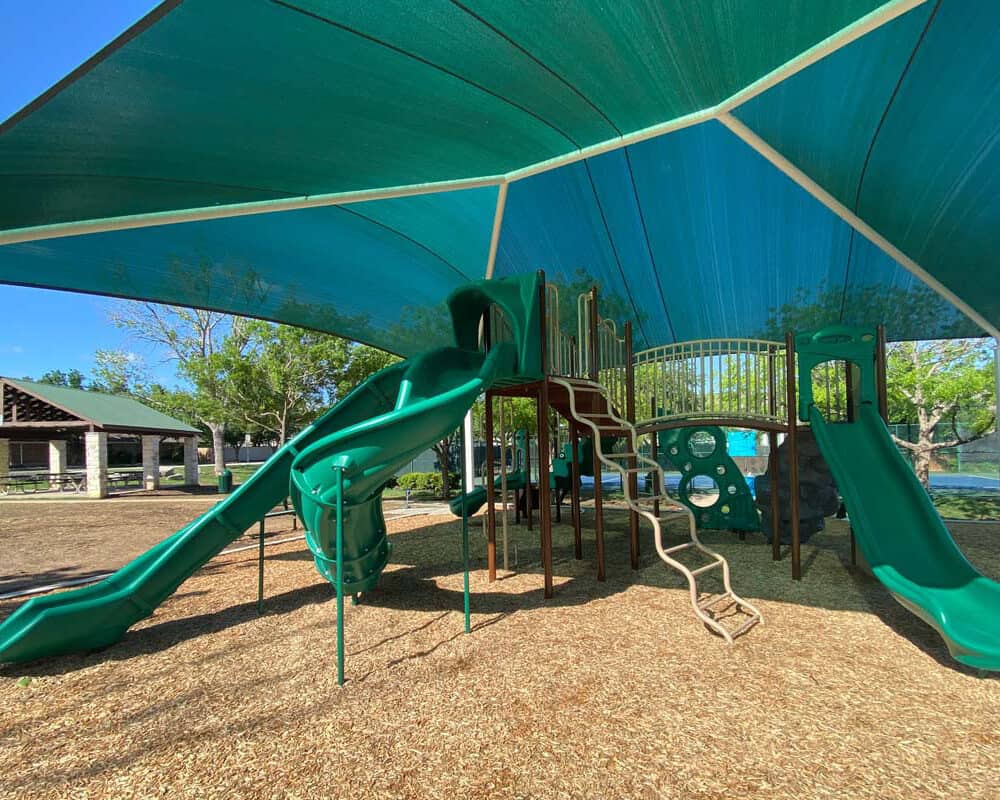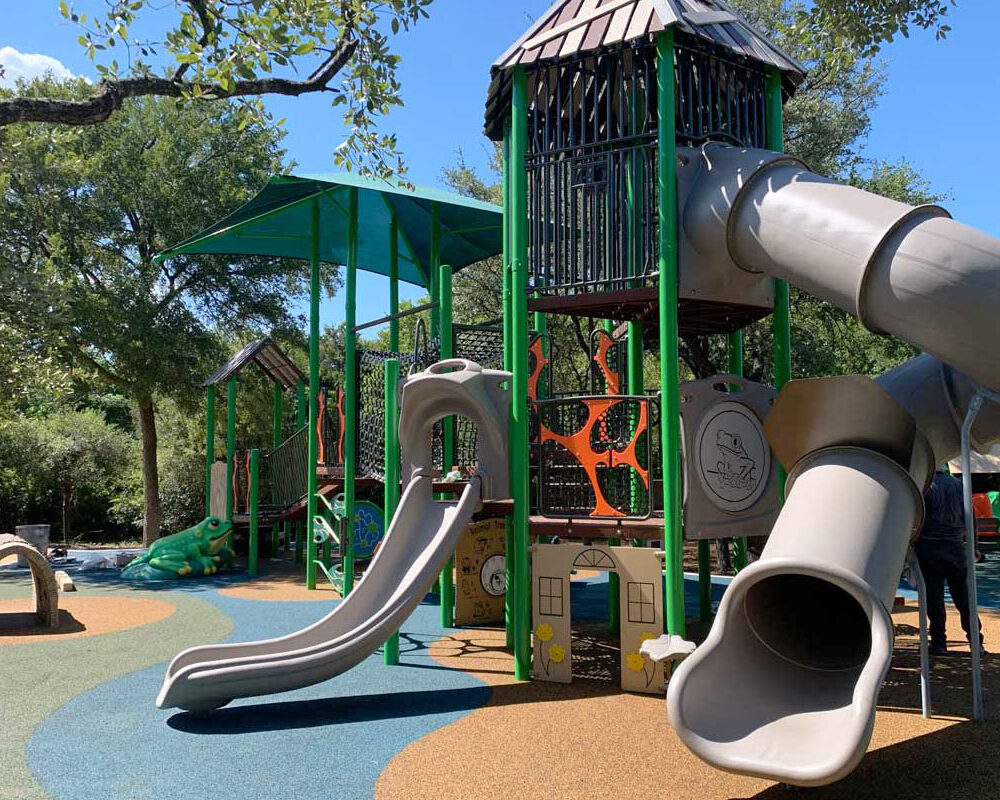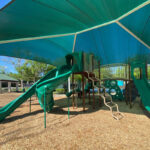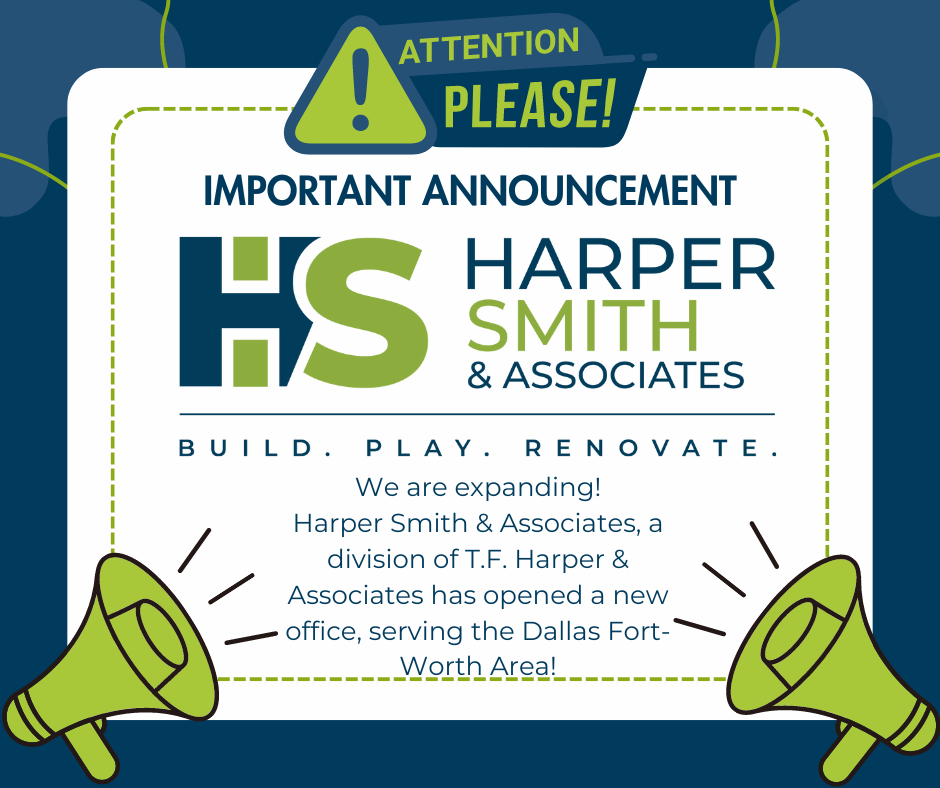Children need to learn, grow, and play together side by side. Playgrounds create ideal environments for these activities to be actualized, and an all-inclusive playground makes this true regardless of a child’s abilities. An all-inclusive playground takes away the blockades that can lead to exclusion—both in terms of the physical and social aspects of play. It provides an enjoyable experience for all children, offering a safe place where youngsters of all sizes, shapes and abilities can play together. With a wide range of structures that present different challenge levels, these facilities are also developmentally ideal for children with and without disabilities.
The best playground design is one that promotes an advanced platform for Inclusivity. This means considering not only physical accessibility, but also sensory stimulation, varying levels of development, and of course various age levels. Below are some of the things to consider when constructing an all-inclusive playground.
Consider Ease of Access
First and foremost, an inclusive facility should be easily accessible both in terms of entering the play area and moving throughout the structures. When constructing any playscape, it is essential to make sure an appropriate surface material is used—one that is in line with the set safety standards. While making a playground fun and engaging should always be a priority, nothing should come before considerations for the health and safety of children who will engage with the structures. Using an appropriate surface material is the first step towards reducing the number and severity of injuries when a child falls.
Beyond these general safety considerations, it is vital to design with wheelchair users in mind as a way of making the playground all-inclusive. The routes leading up to the playground and the pathways between the play structures need to be wide enough to accommodate wheelchairs and other types of assistive equipment. This also improves the experience for adults with strollers as well as children who don’t fancy being touched as they pass each other.
Make sure there is always a smooth changeover from one surface to the other. This helps accommodate both children and adults who are using mobility aids, ensuring they can maneuver freely between various playing spaces and the surrounding areas.
Consider all Levels of Ability
Playgrounds ought to involve children of all abilities and ages. They should provide a full range of equipment with different play values and various levels of challenge. Not all children are going to choose to play on every piece of equipment, and some may not have the capability to engage with every piece. Presenting children with a broad selection of equipment to engage with not only ensures that everyone can participate, but also promotes independence and creative thinking on the child’s part.
Similar structures with differing levels of challenge, such as rotating equipment, can be placed next to each other. This lets kids of diverse abilities participate in similar kinds of games next to one other.
Consider Sensory Stimulation
Secluded spaces in the playground that are still in the vicinity are suitable. This is important for children who are sensitive to sensory overload and need a silent place to relax and de-stress. Examples can include playhouses or simply spaces underneath a large playing structure. Areas like these allow the child to feel enclosed without preventing the parent or guardian from easily monitoring them.
Finally, including a wide lane leading to the entrance of the play area allows children of all sorts to assess the experience. This is important, as it allows even wheelchair-bound children to feel included before even engaging with the play structures. In addition, these lanes can become an ideal place for children who need a break from the hectic activity of the play area, as they allow for children to enter or exit the play at their leisure.
Put it All Together
Every child has a right to meaningful play. Planning for inclusion when it comes to playgrounds involves carefully considering both the overall playground design and the individual elements within it. An all-inclusive playground design needs to consider physical accessibility, creative expression, and varying levels of challenge. Such a project should only be handled by professionals.

